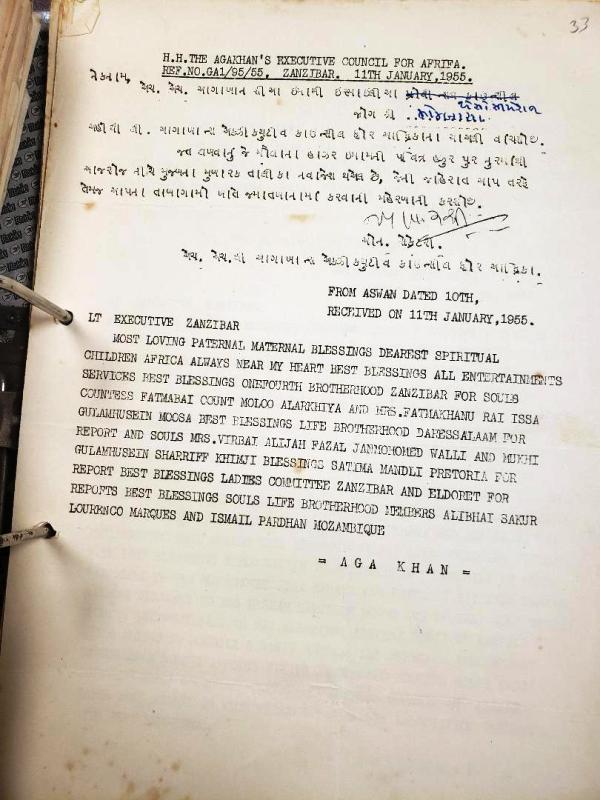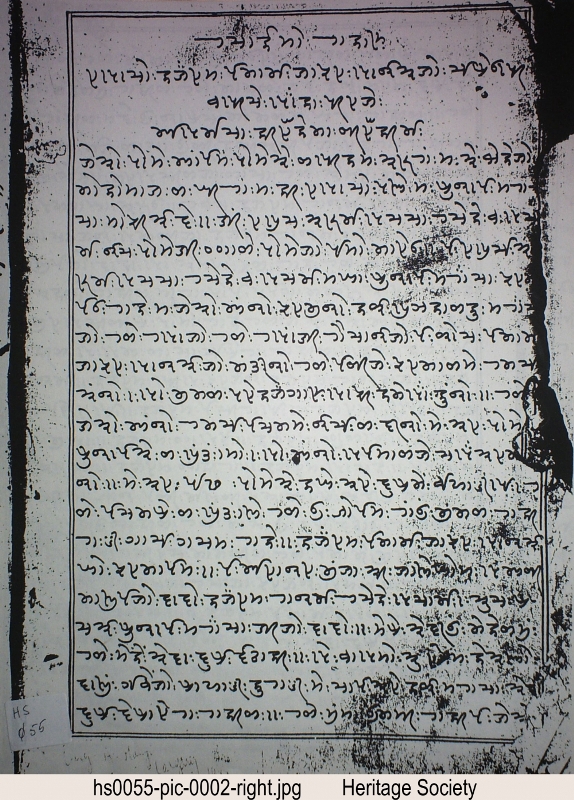Thanks for input, but in other countries men are not allowed in that particular majlis. You answered my 2nd question but did not shed light on first one, let me quote again:Admin wrote:In Canda and Africa men are attending Sataima jo Rojo dedicated to the celebration of the "Aswari" of the Imam (now rebranded Molwa jo Rojo celebrating only resolution of difficulties)
When Ismailis settled in Canada, Mowlana Hazar Imam made a Farman to continue practising the way they were practising in East Africa ad the Mijlas of Sataima therefore continued in the same way which is that both men an women are participating in this Mijlas.
There are Talikas for this Mijlas, though they do not say who should participate, but the dates of those Talikas are way past the dates when some are saying our Imam "discontinued this Mijlas".
"It is improper claim of some persons that the Shamba is the occasion of the marriage of Hazrat Ali with Fatima. Granted for a while that it is the wedding occasion, then it must be celebrated worldwide in the Jamatkhanas like Yaum-e-Ali and Eid-e-Ghadir in accordance with the holy guidance".
With reference to above paragraph from the article, I am quoting the following part of choghriyo. What is the significance of this part?
yaaraa tith satai(n) maa rohonn nakhshatra
sa(n)j thaavar thi(n)do shaahjo viaa(n)
O friend! It will be the seventh day of the month and the star will be Rohni(the fourth lunar mansion or constellation, containing five stars, in the form of a cart); and it will be in the evening of Thaver(day of Friday and the night of Saturday), the marriage of my Lord will take place.
There are 3 important phrases;
Satai(n) mah
Sanjh Thawar
Thi(n)do Shah jo viyaa(n)
It is interesting to note "Thi(n)do Shah jo viyaa(n)", thi(n)do means will happen, viyaa(n) "marraige" of Imam!!
Is there any historical background of this part?


